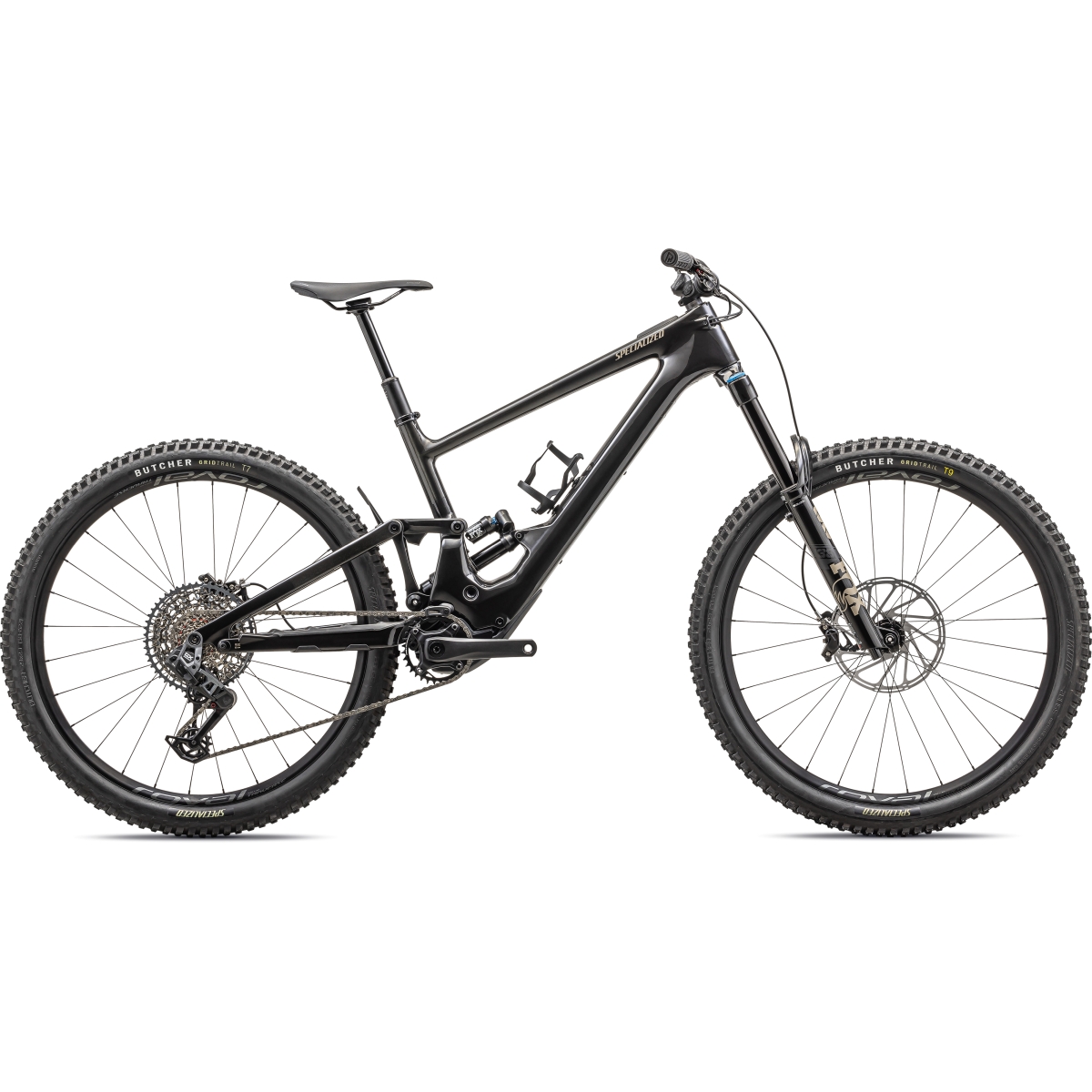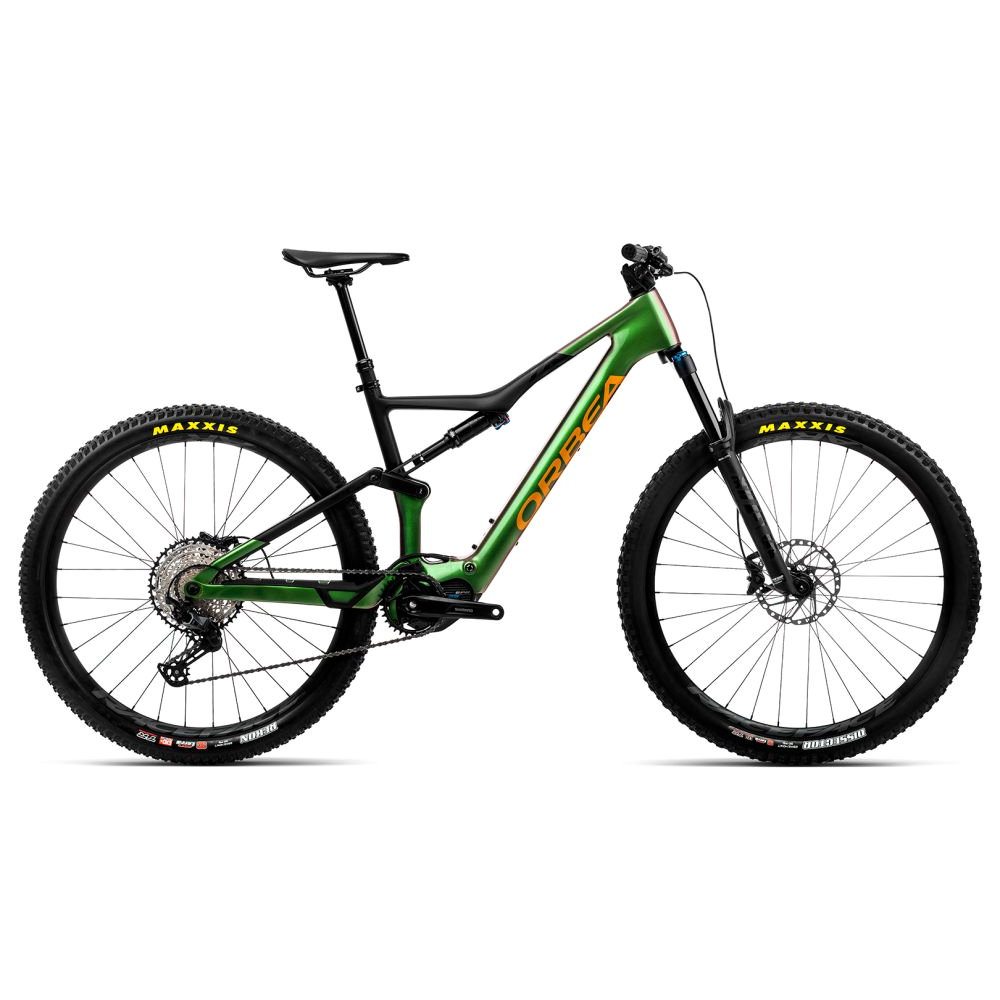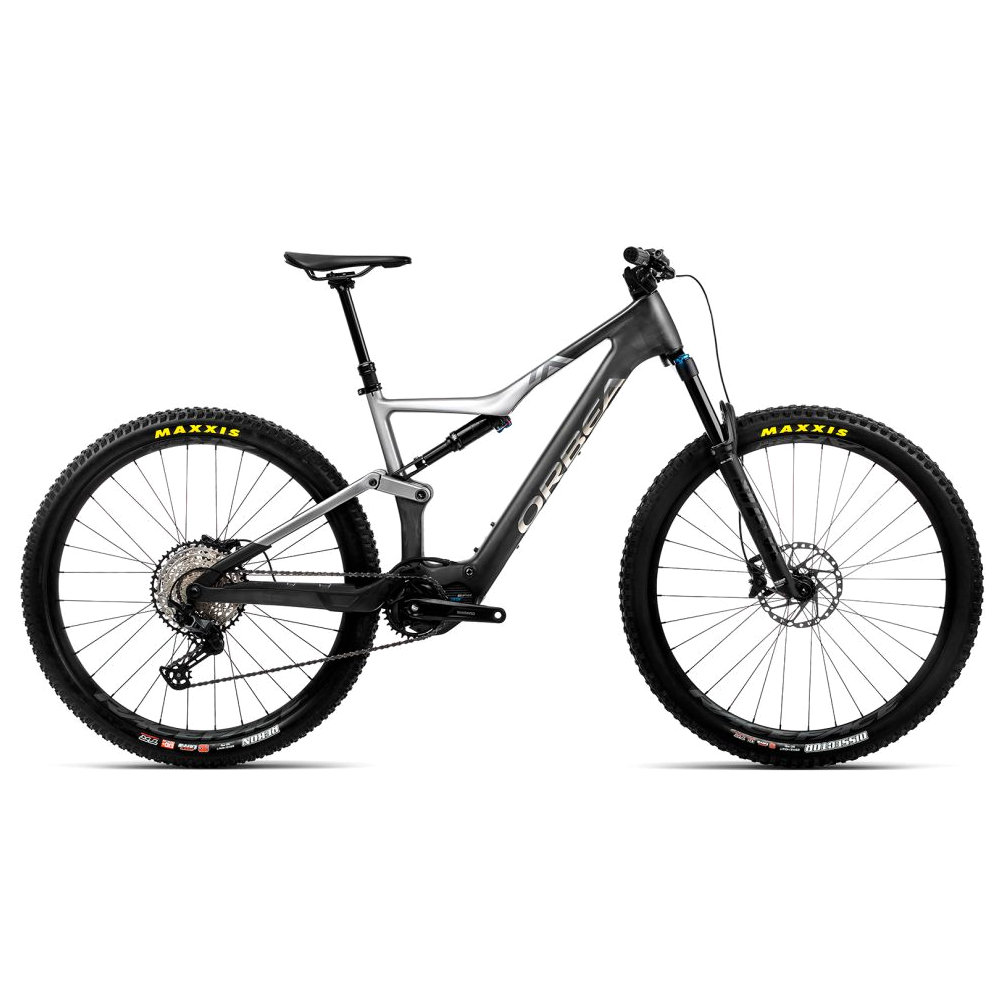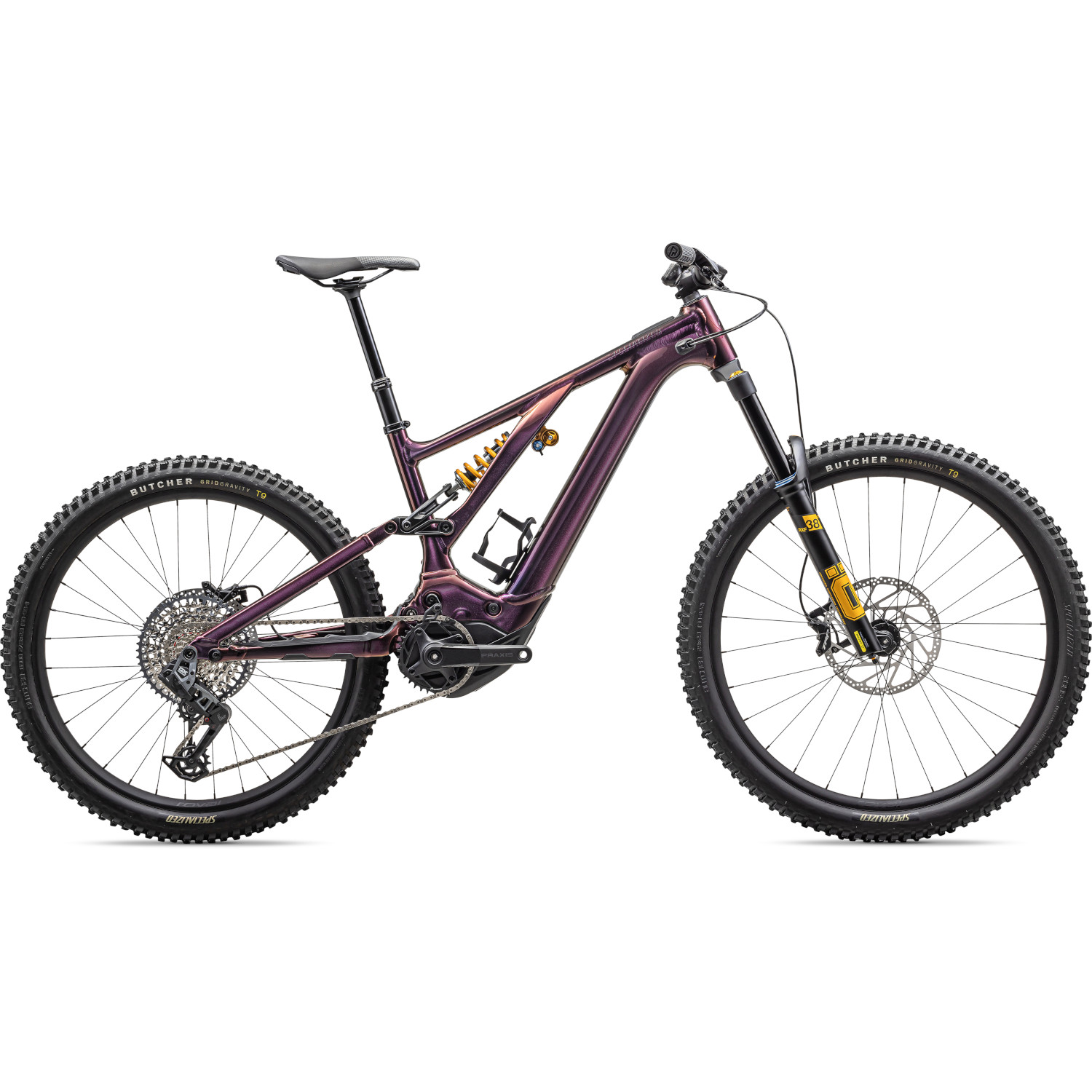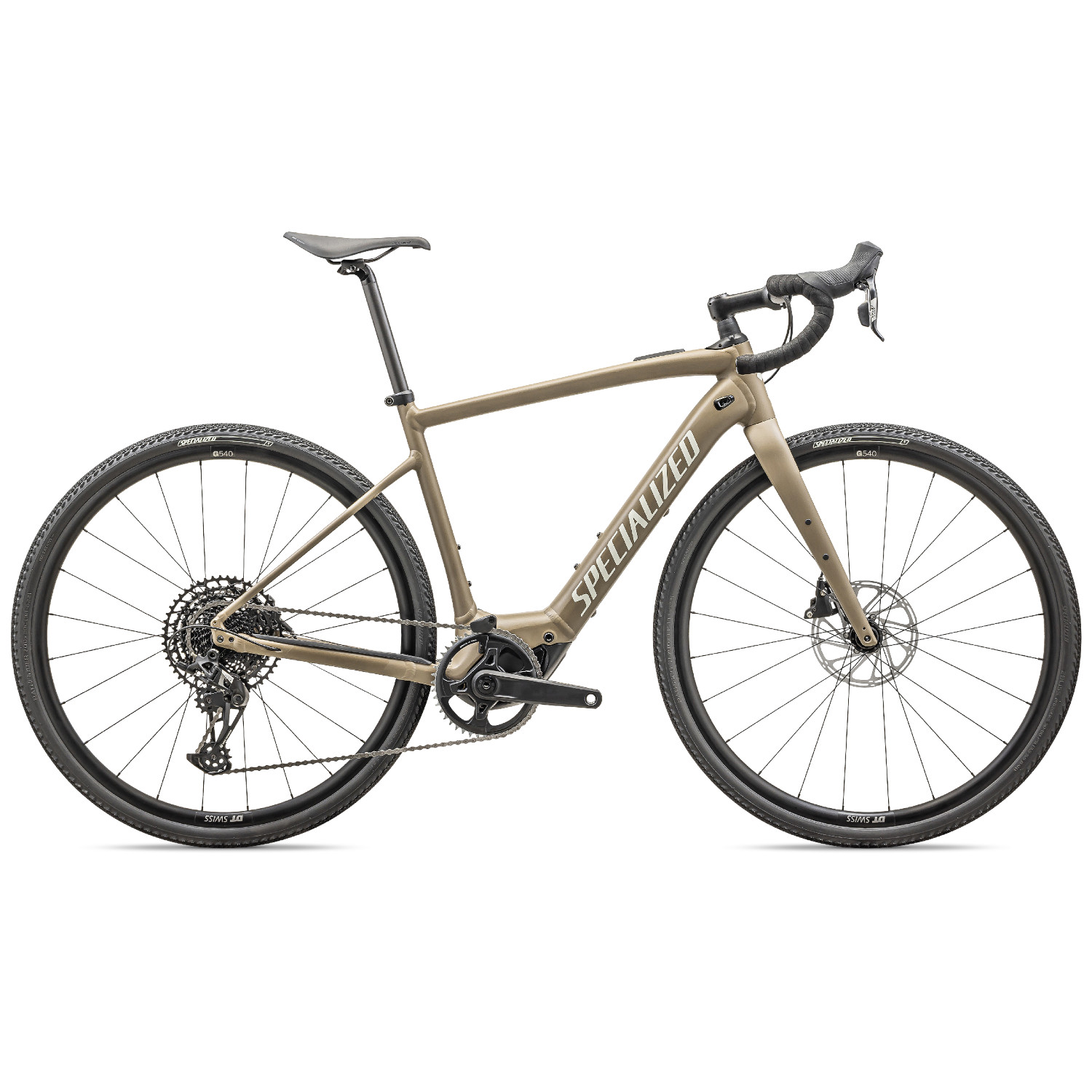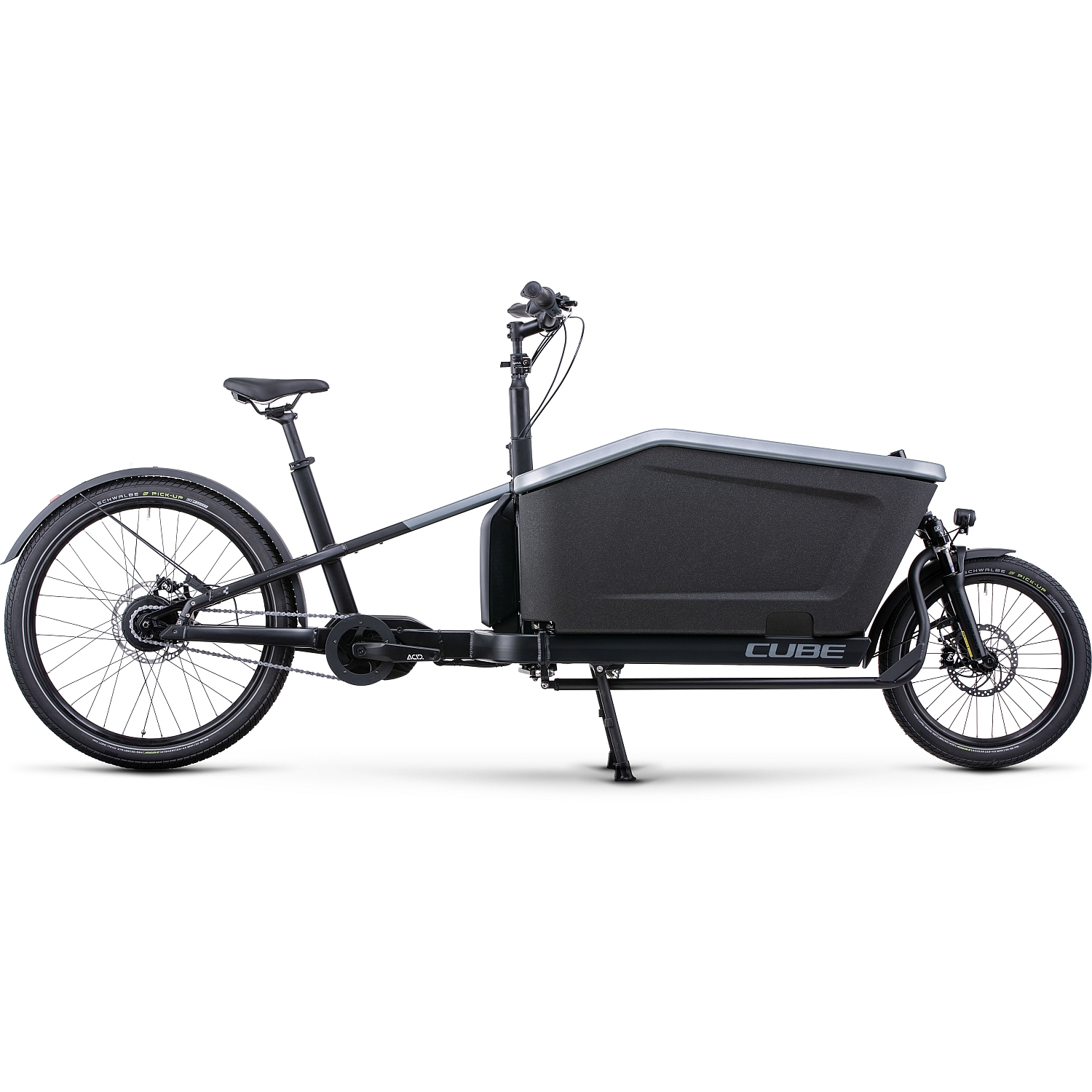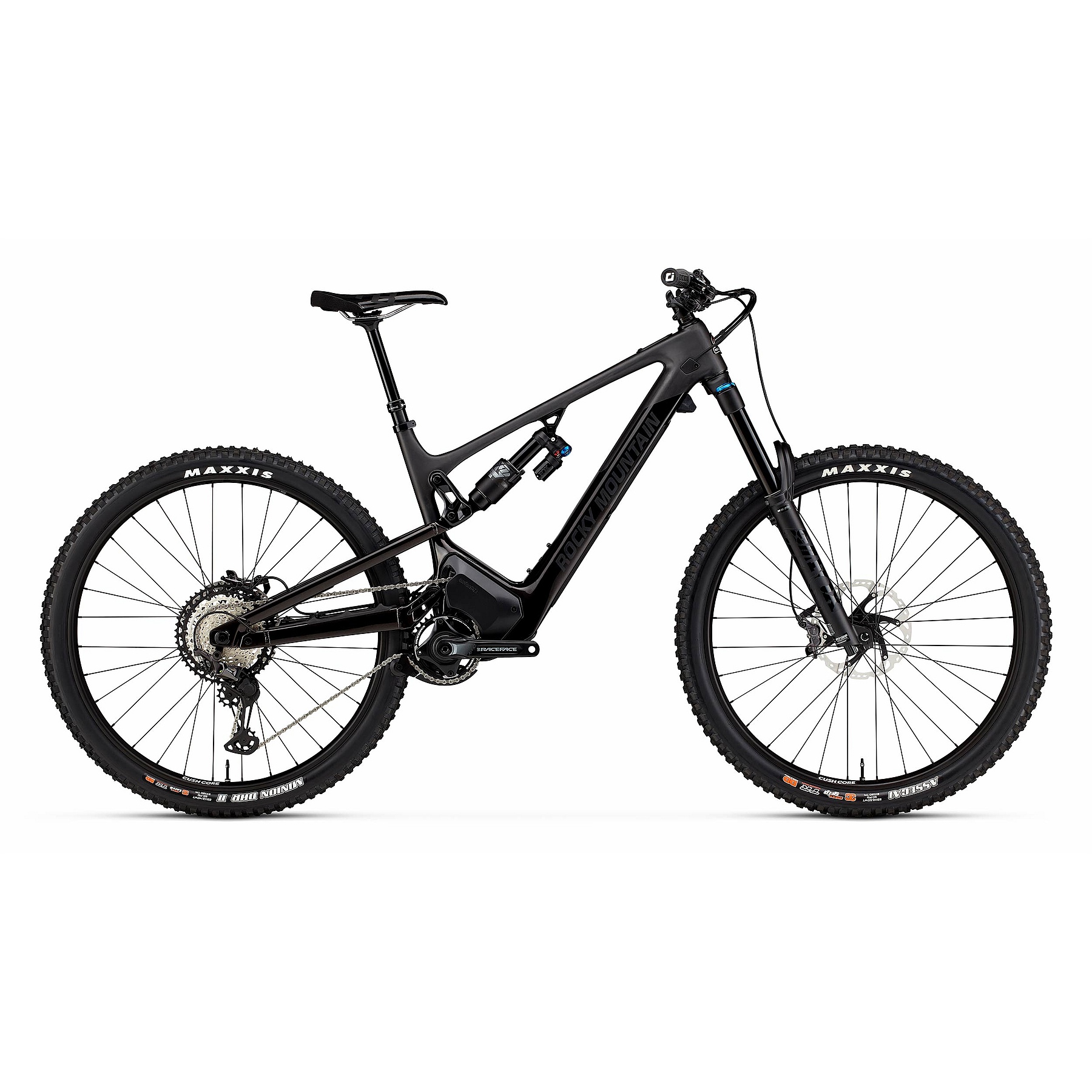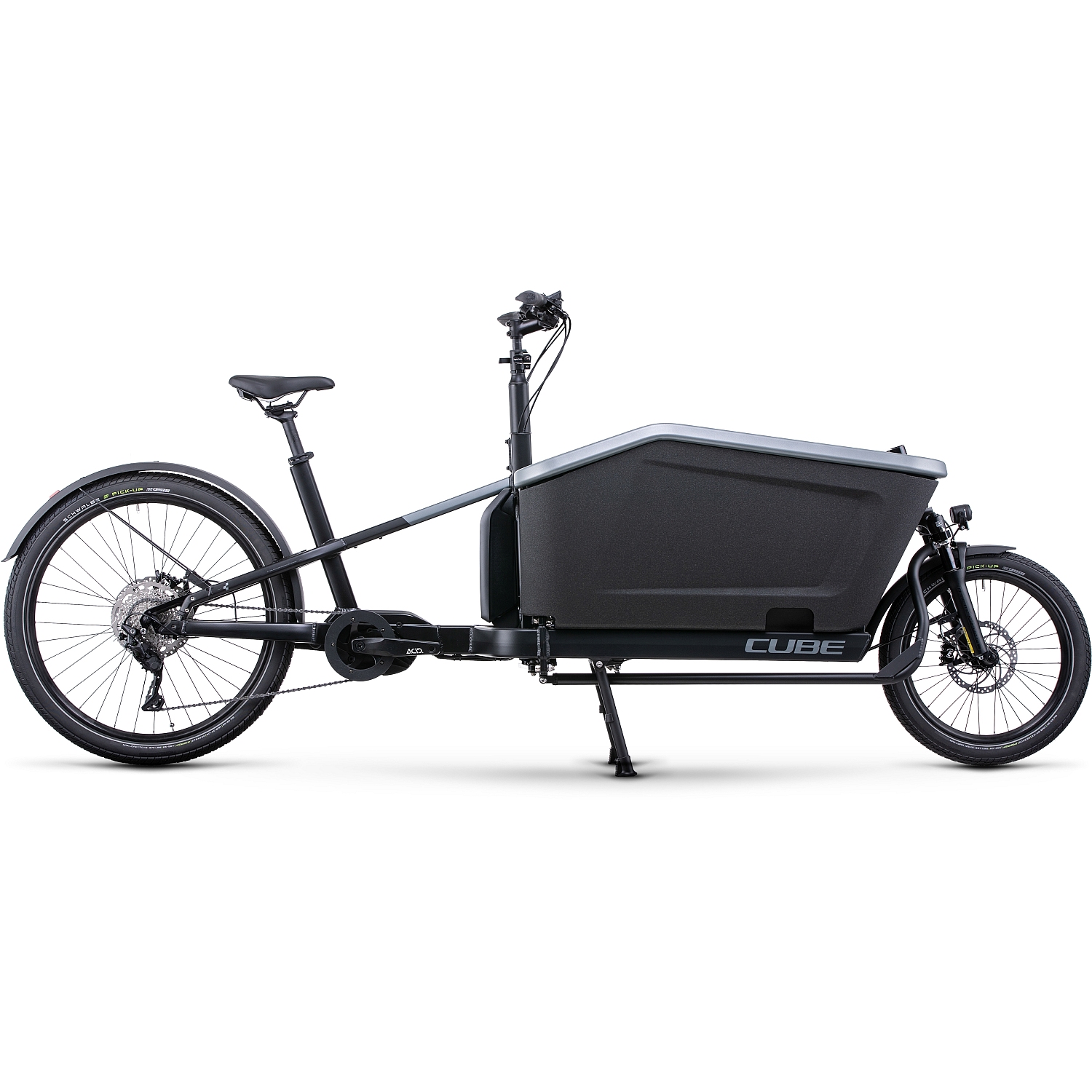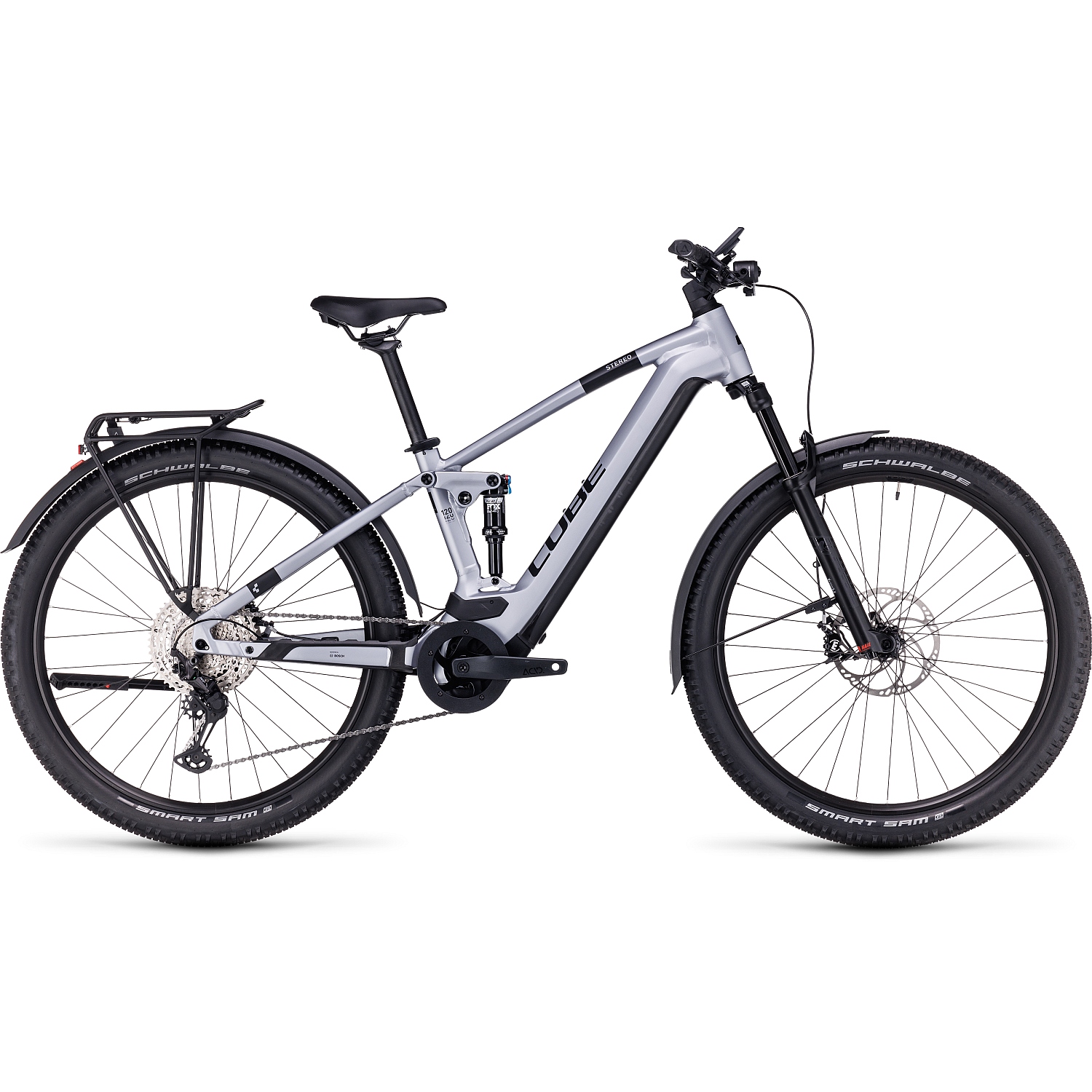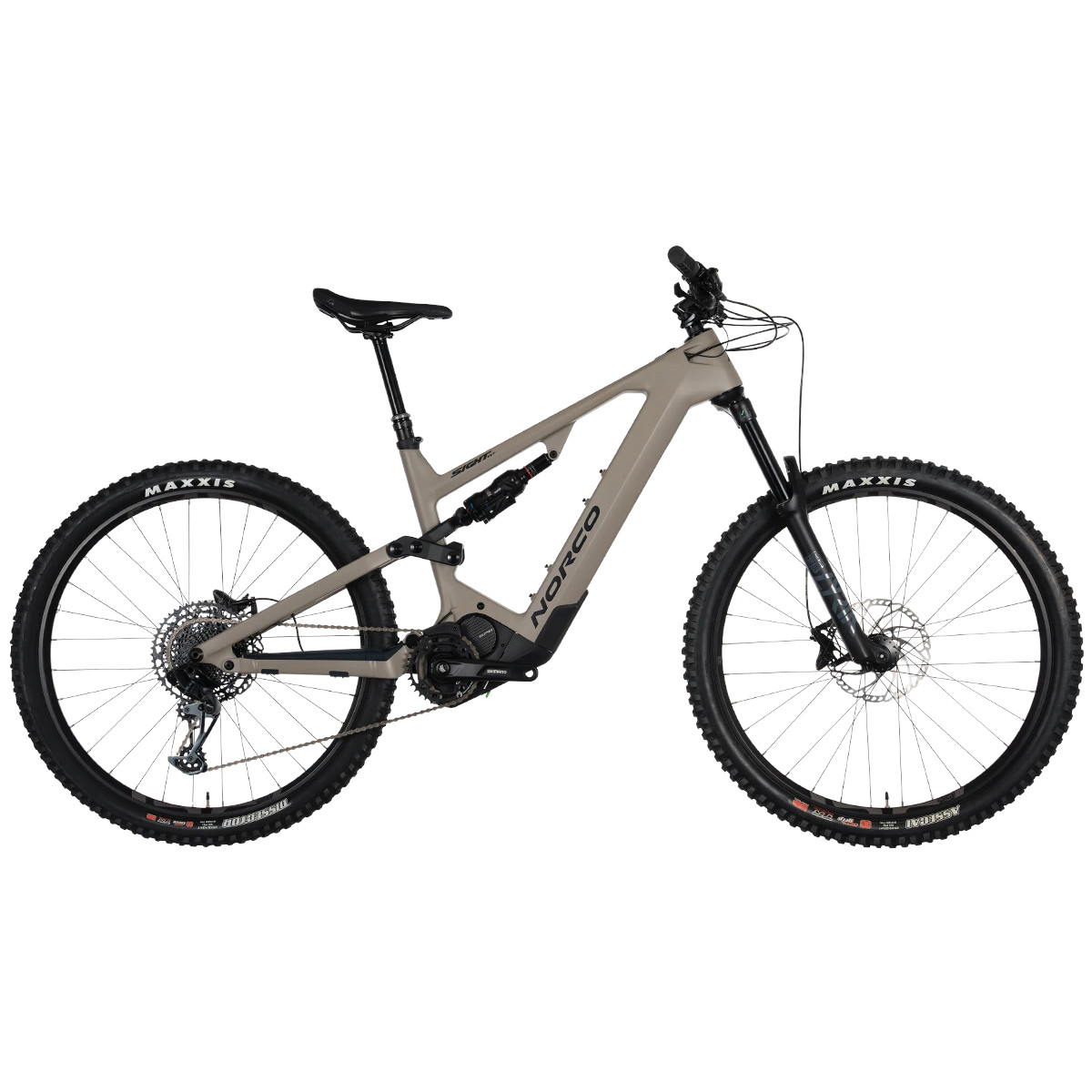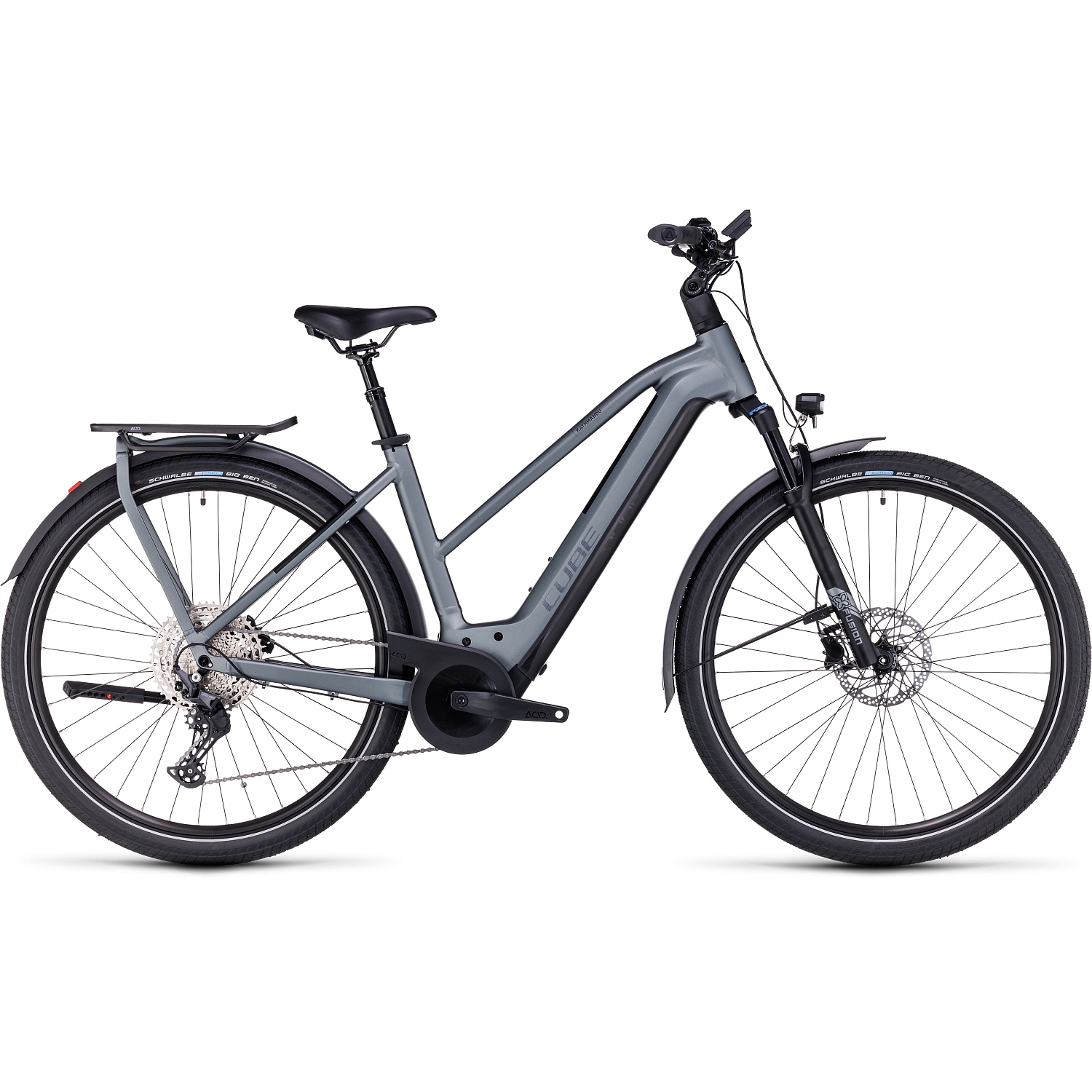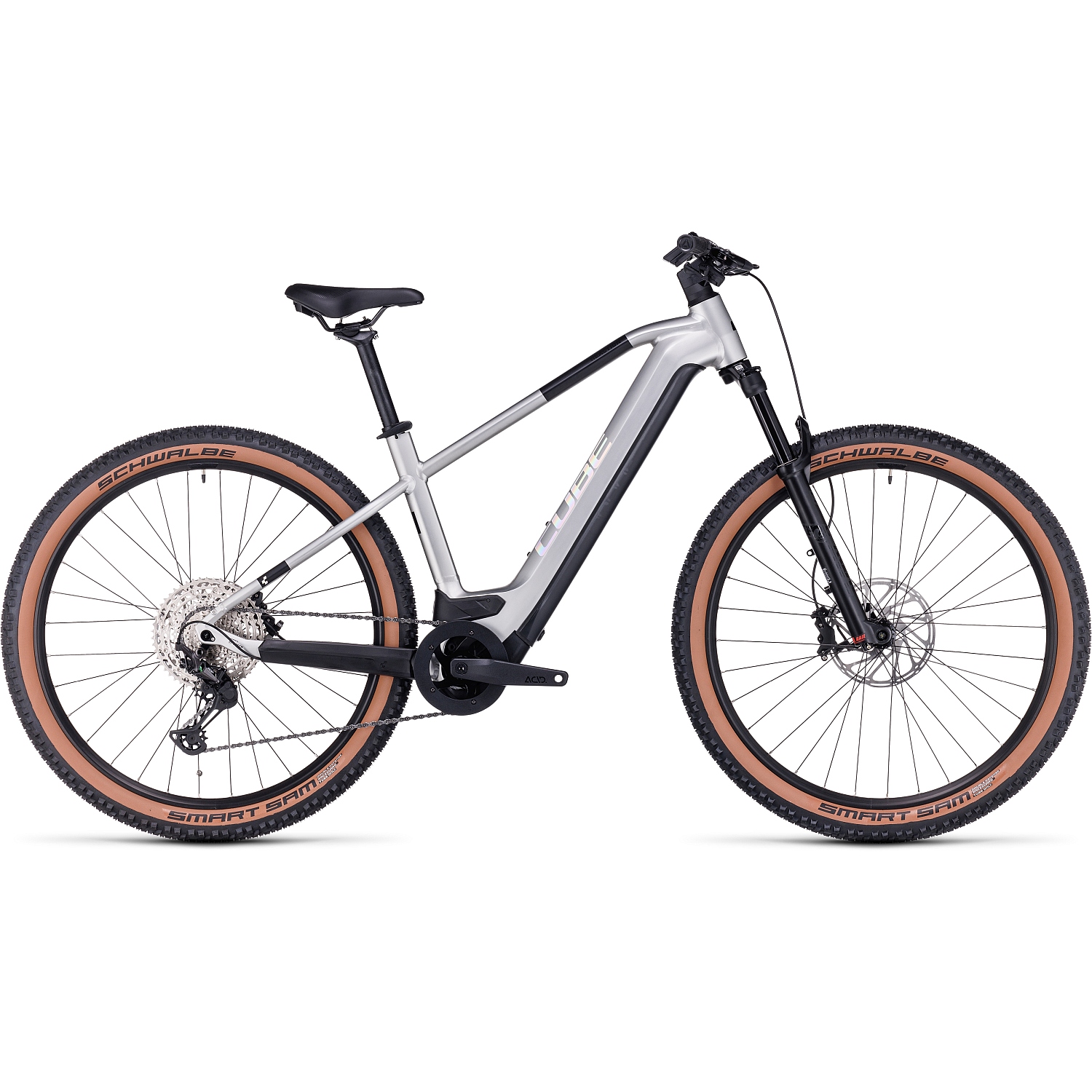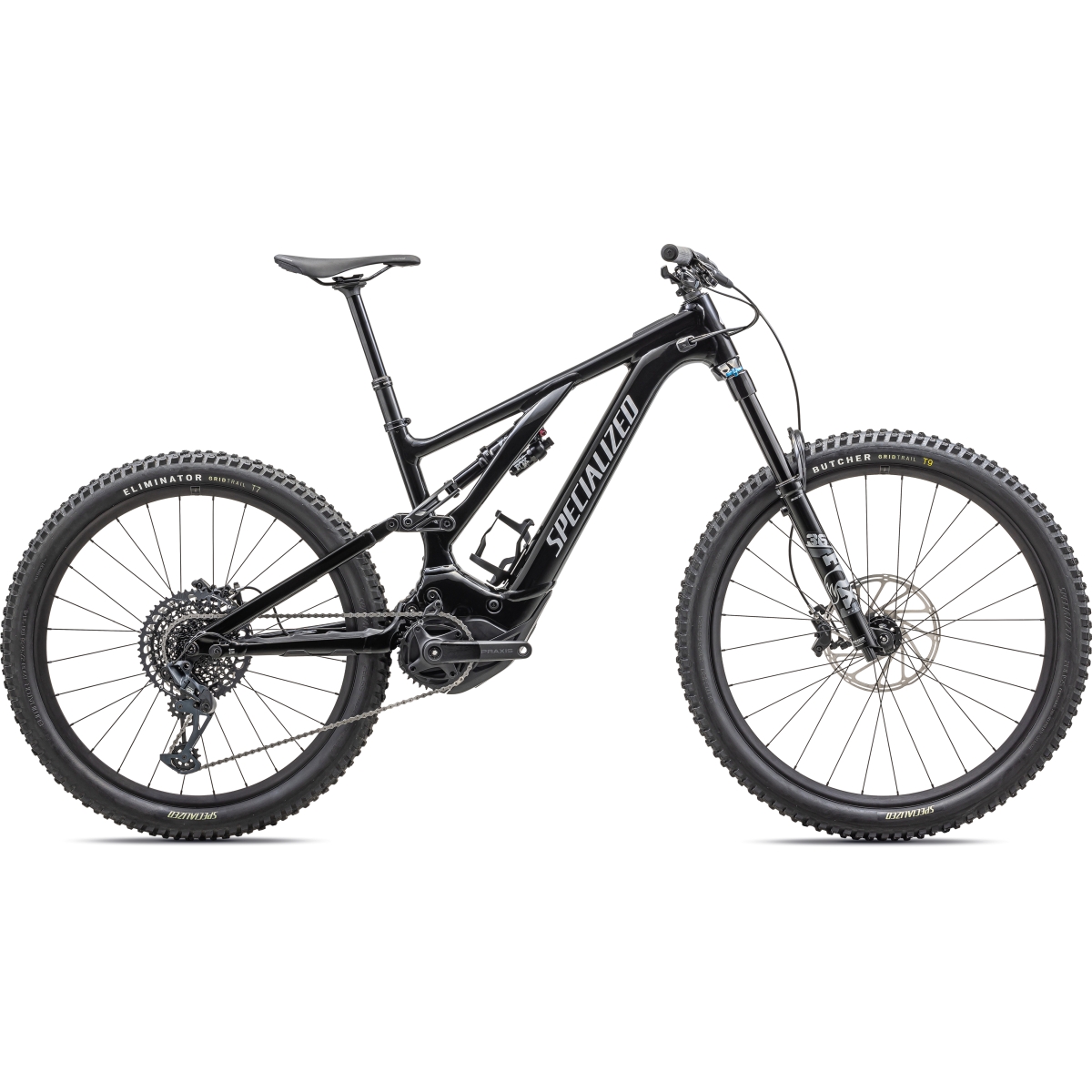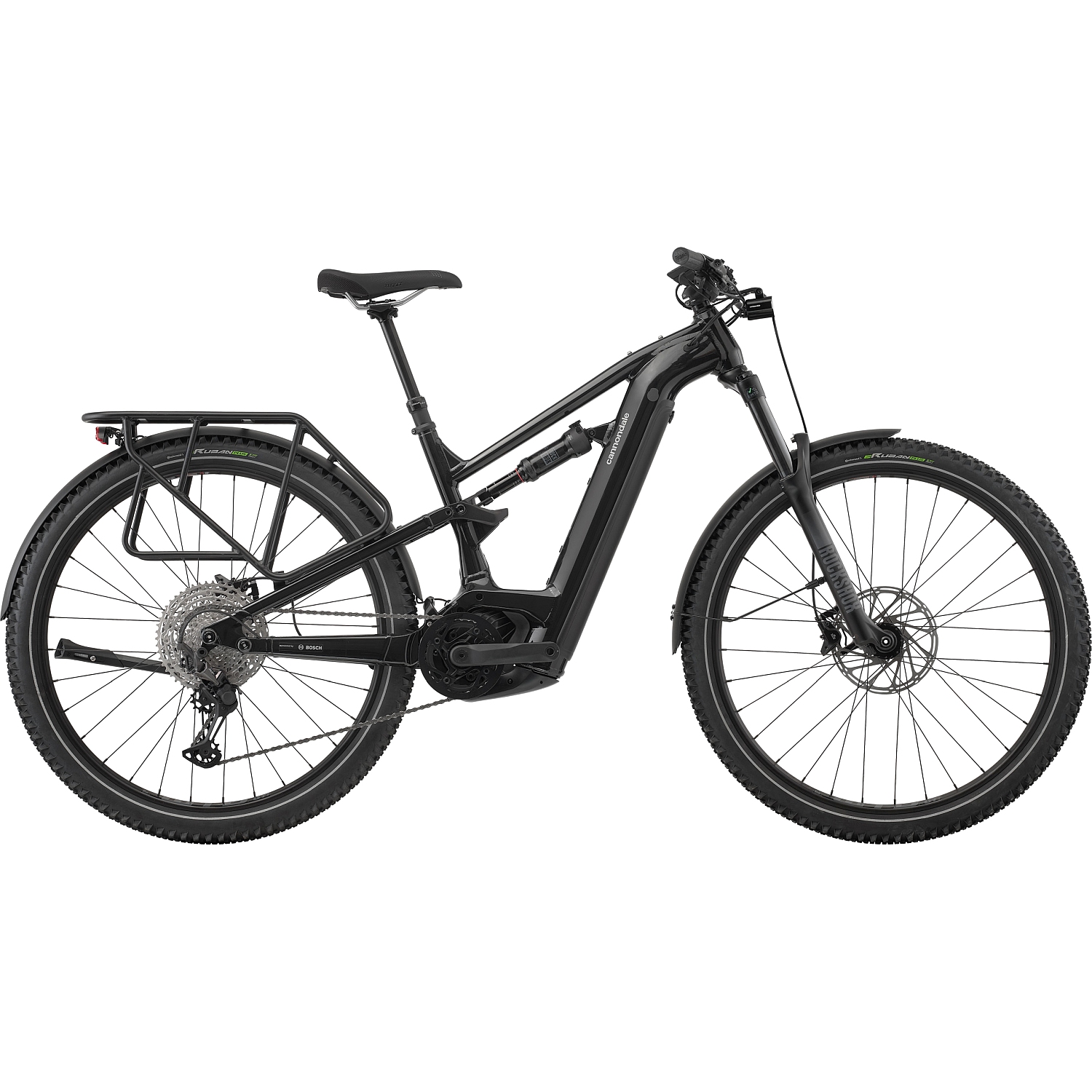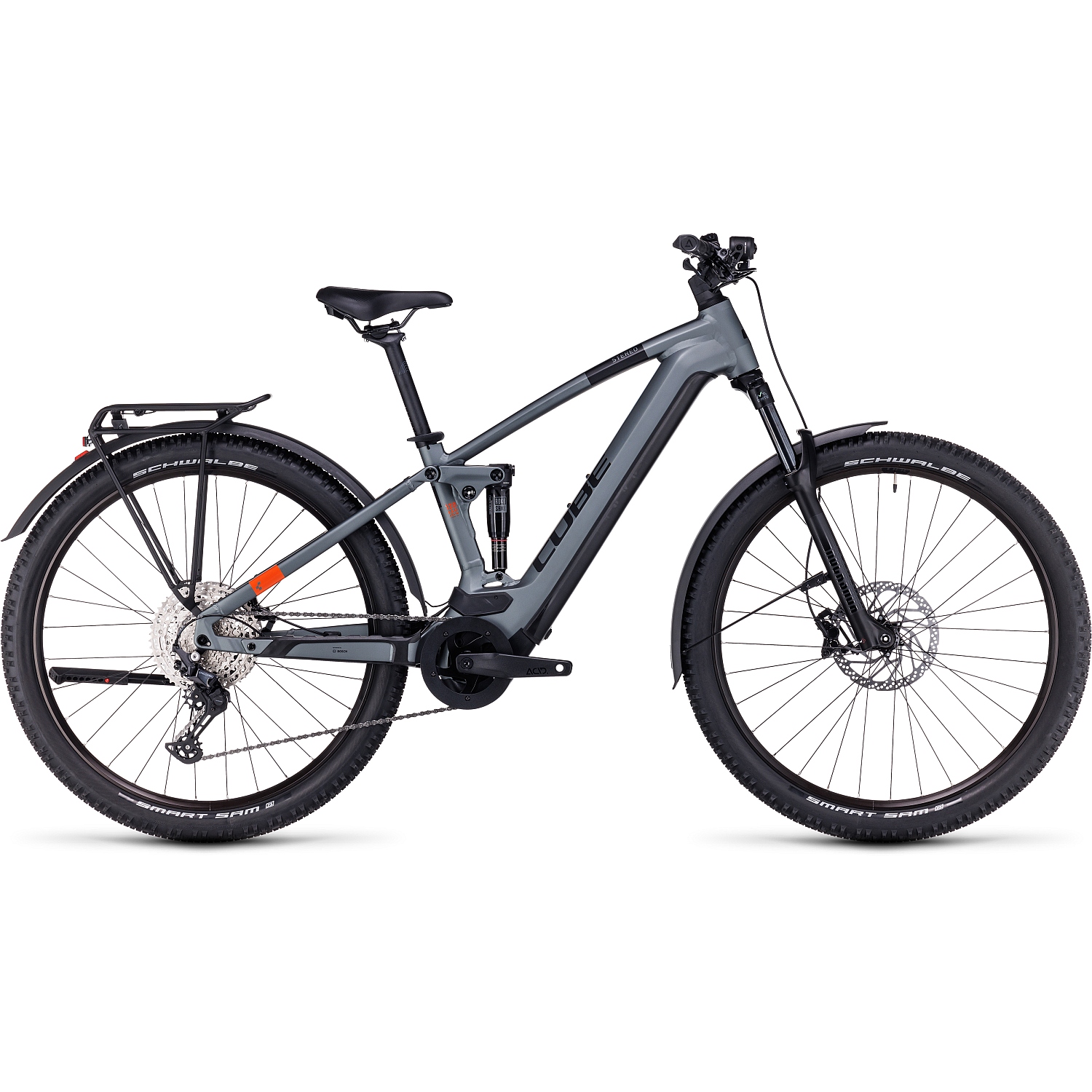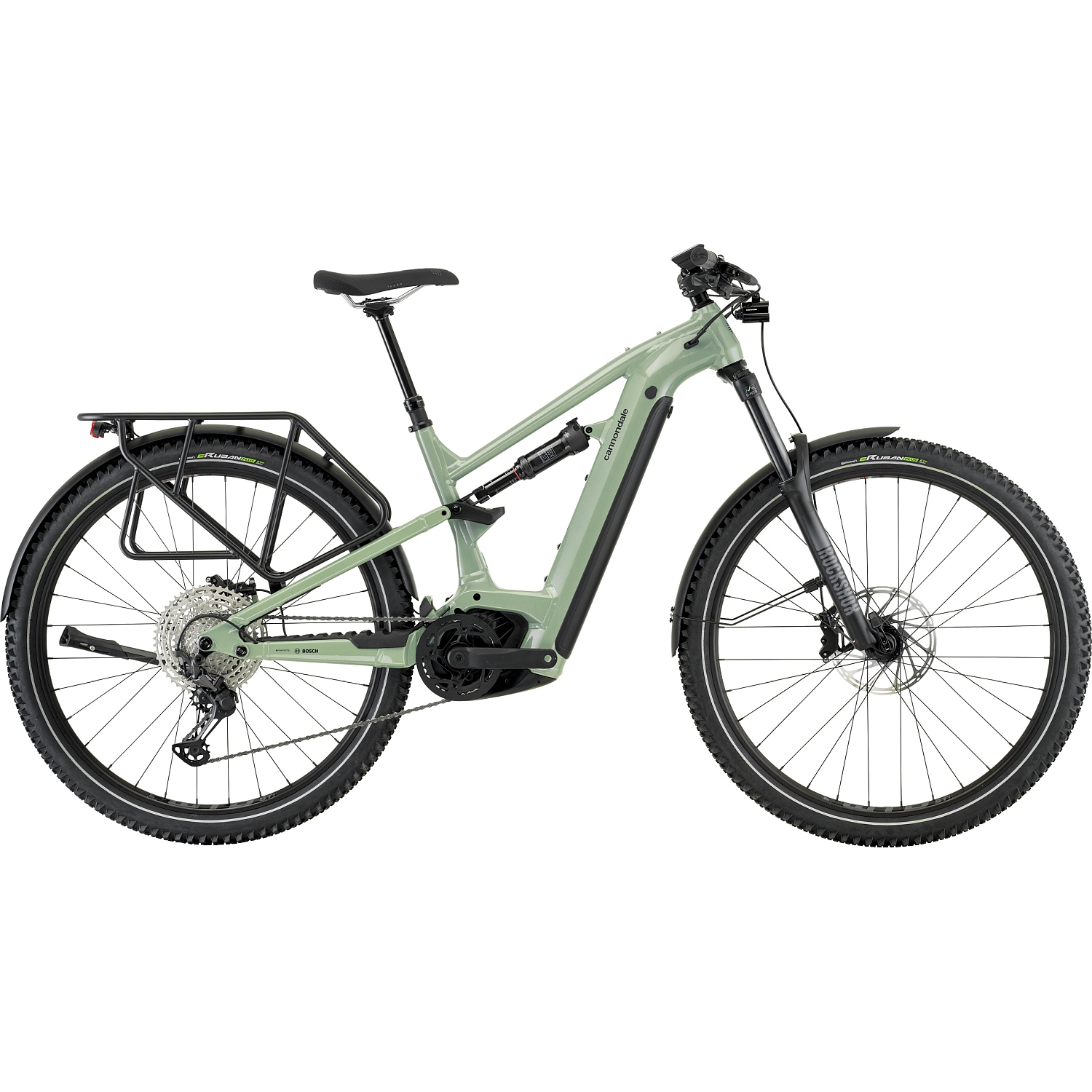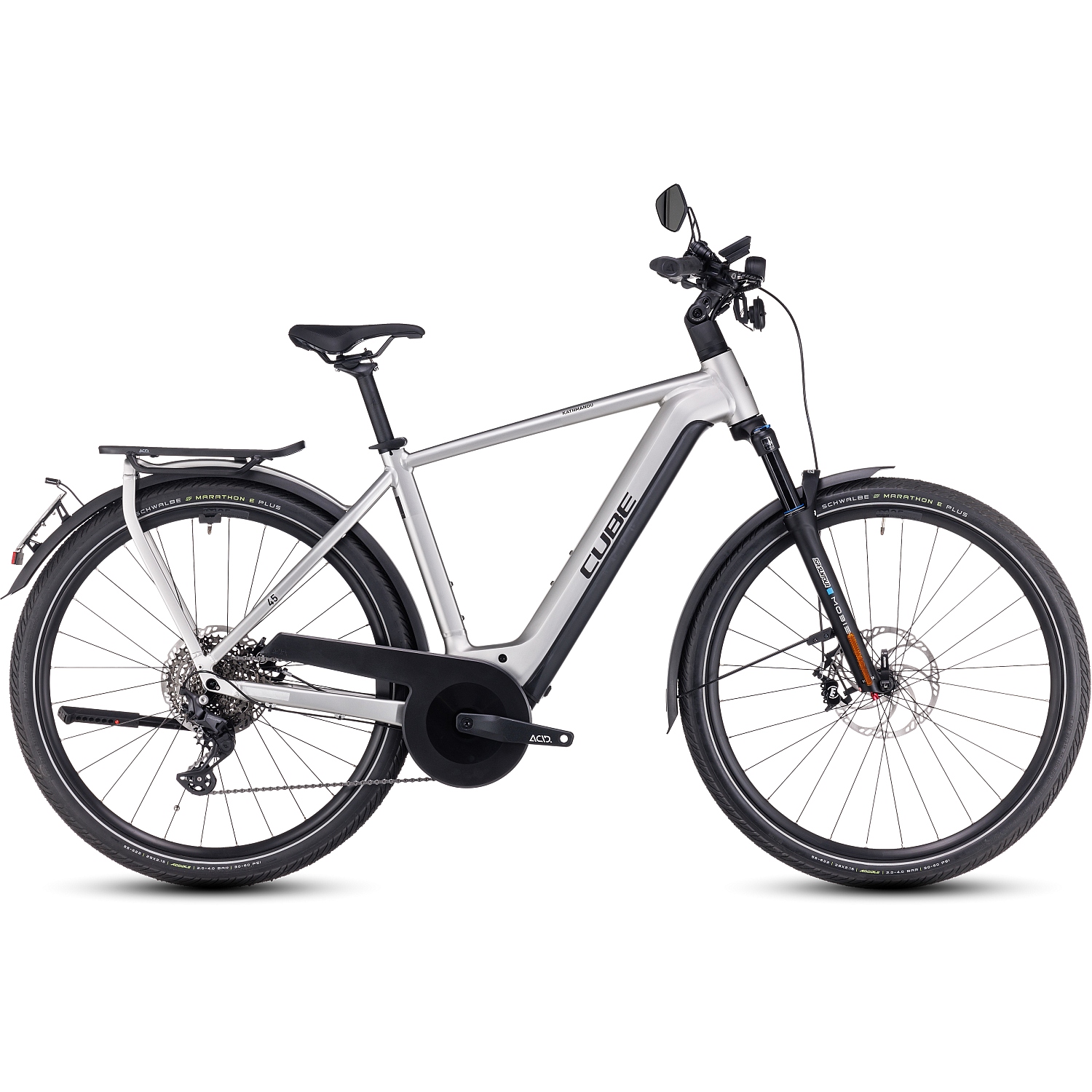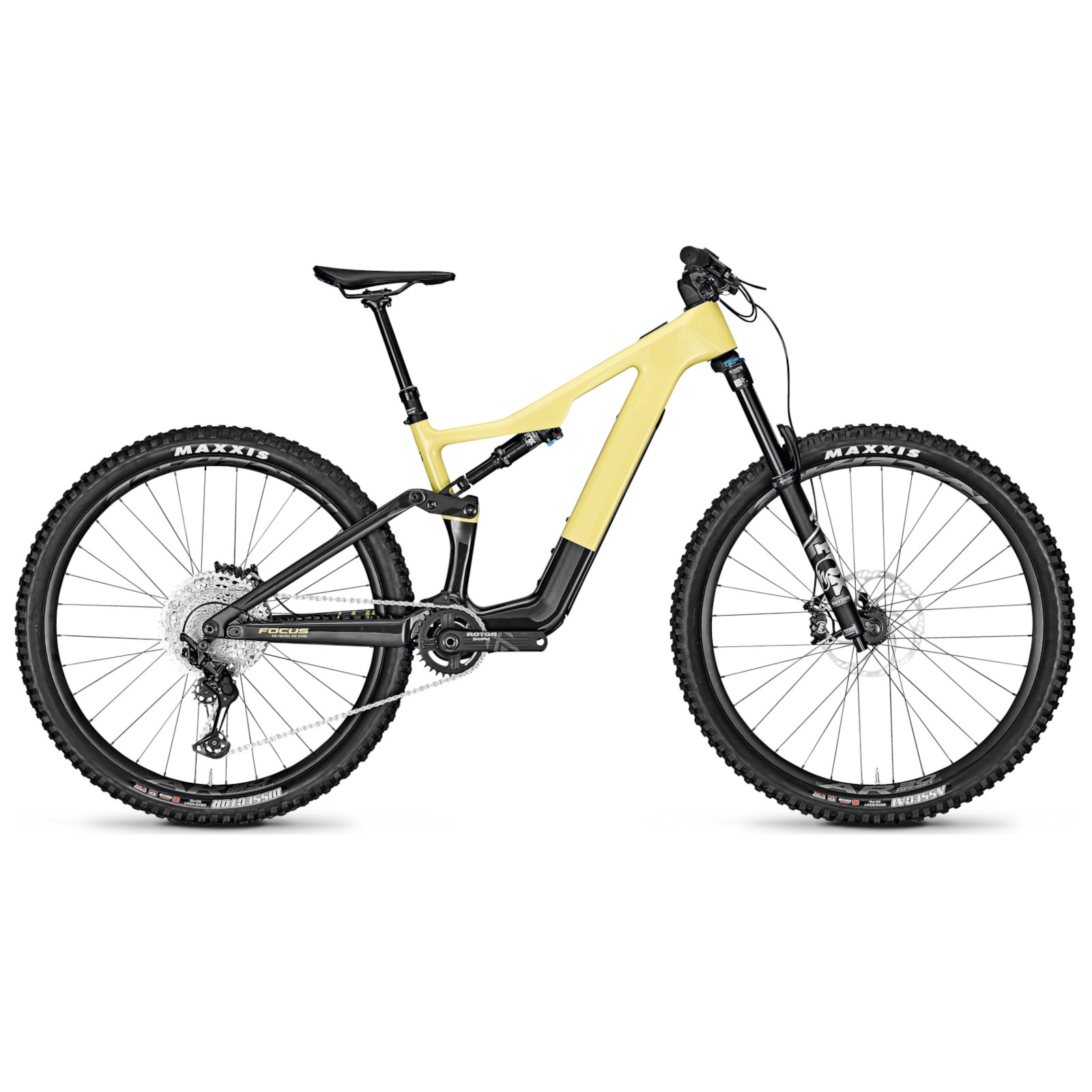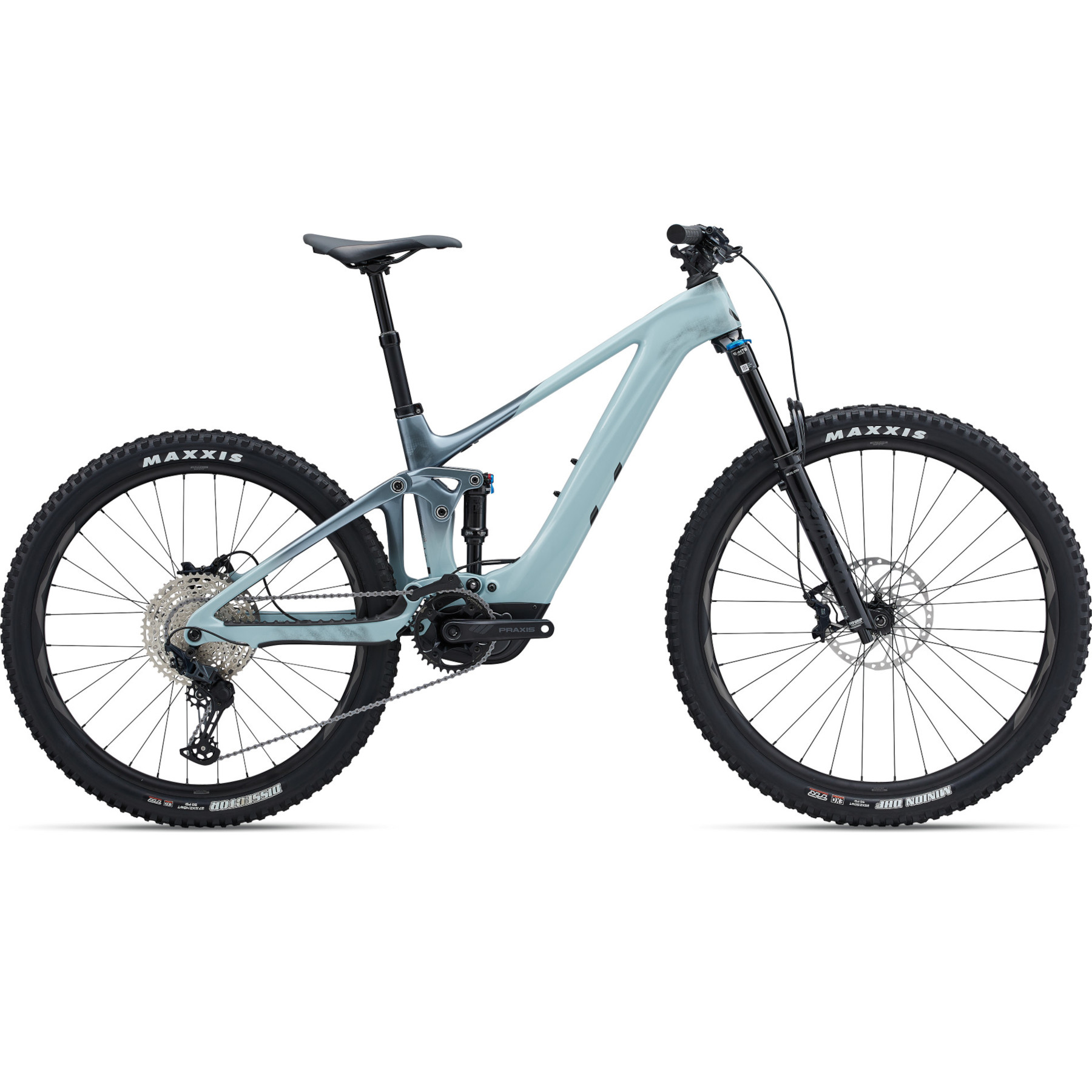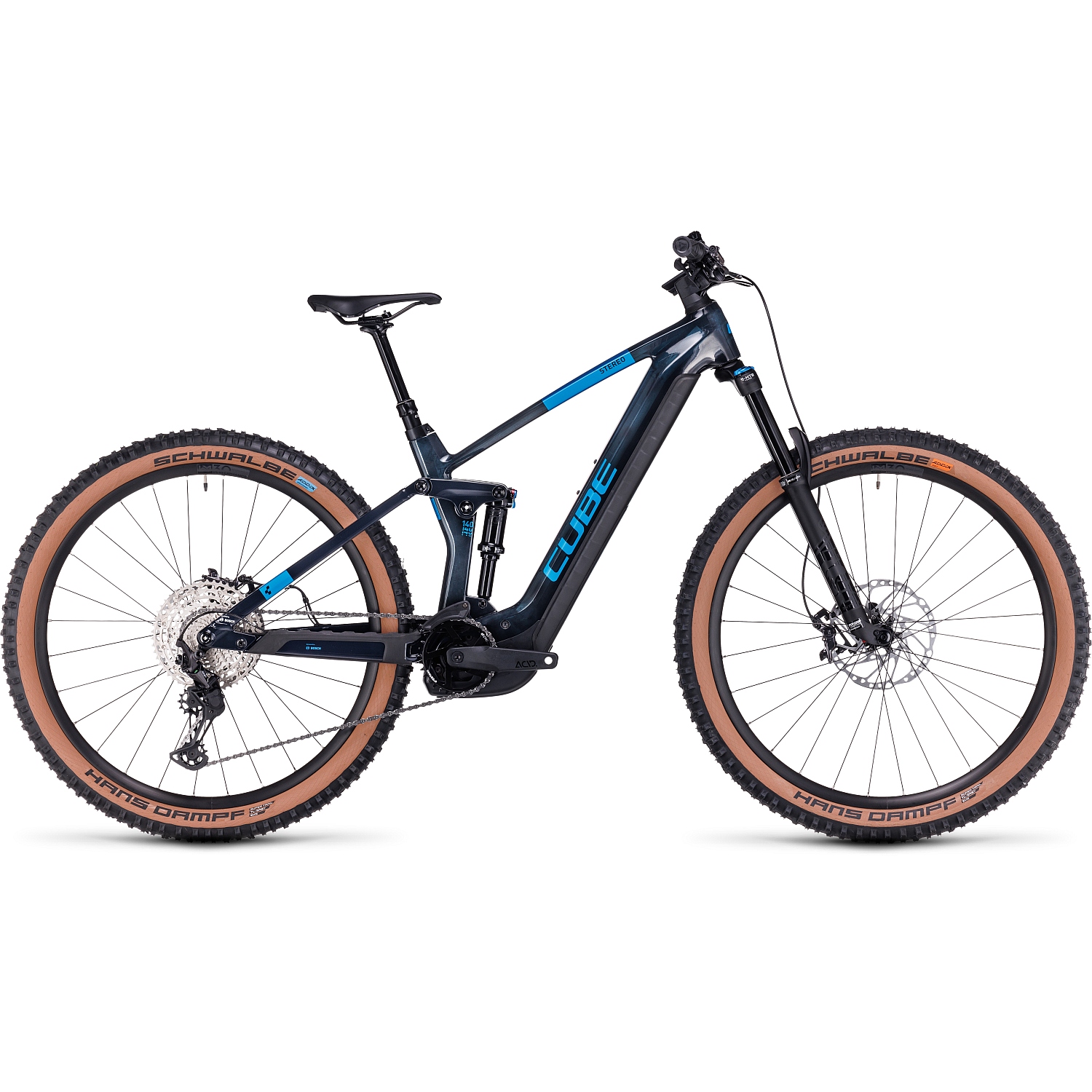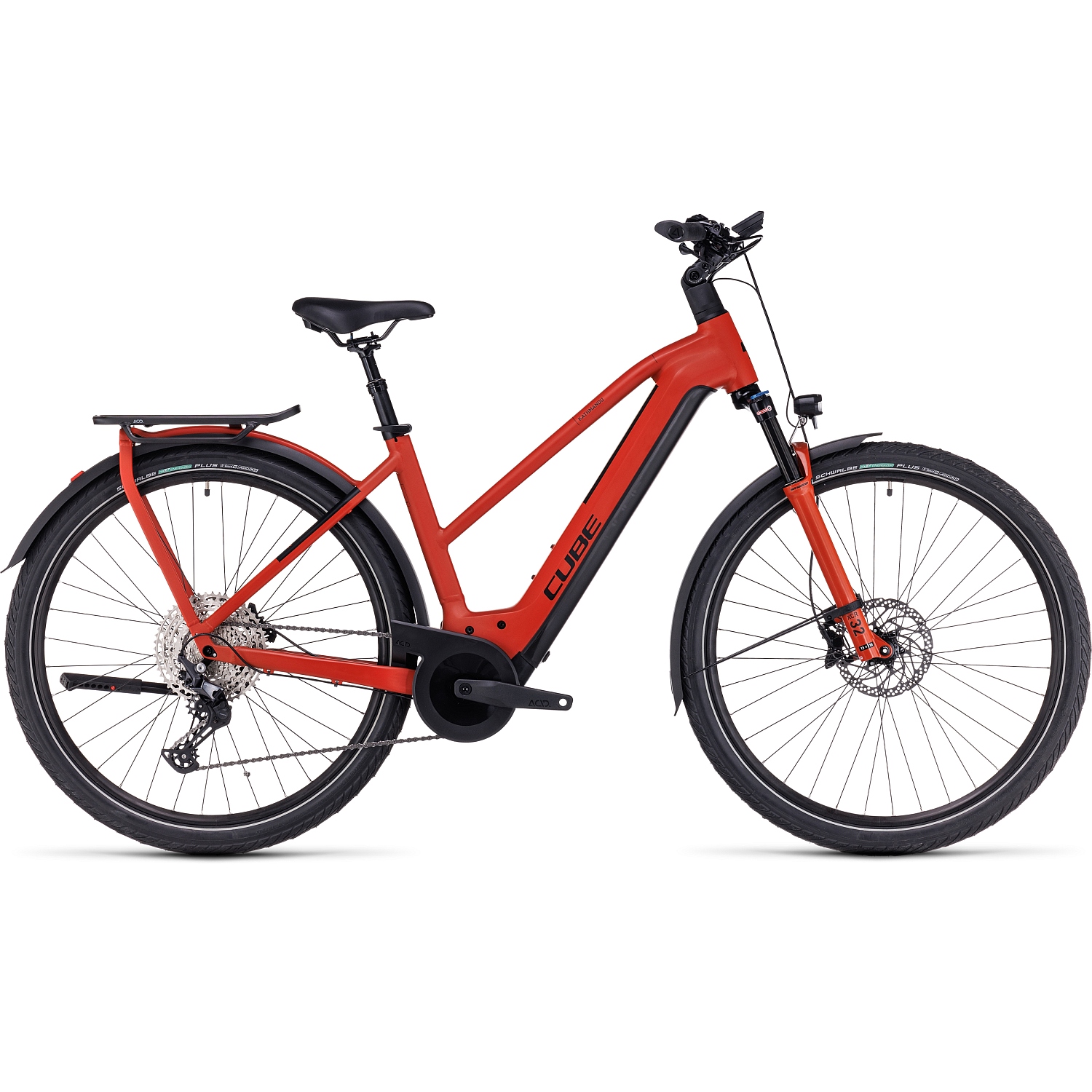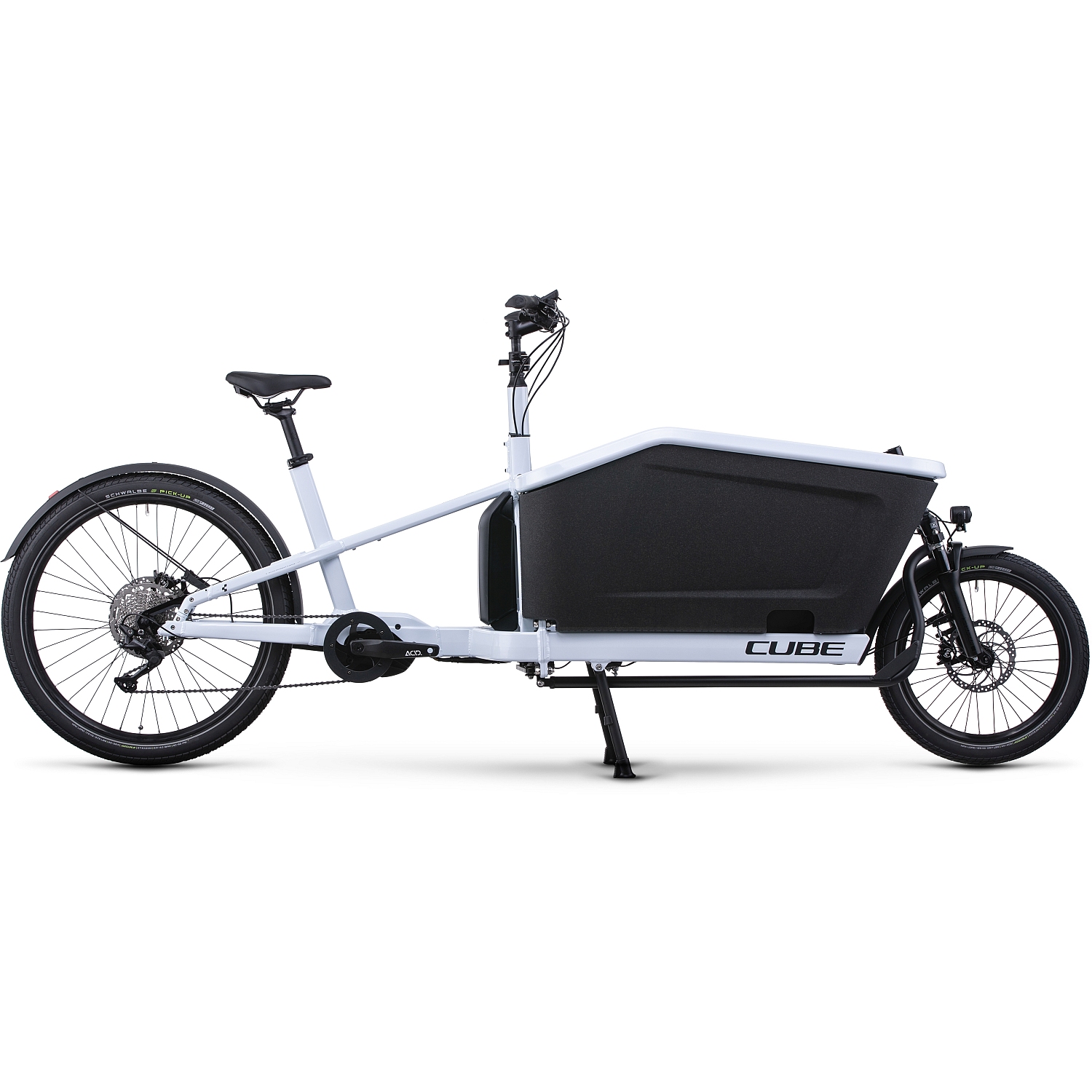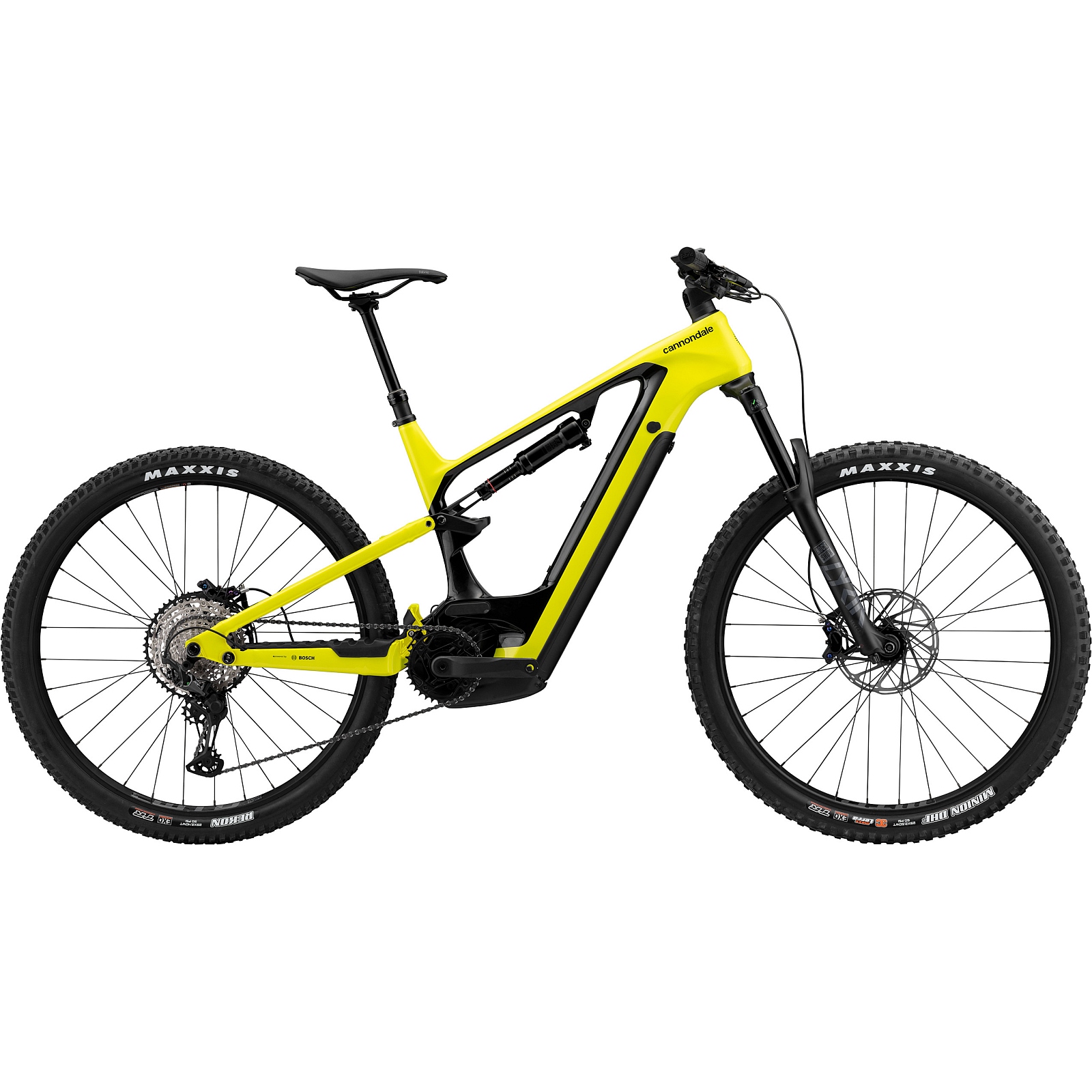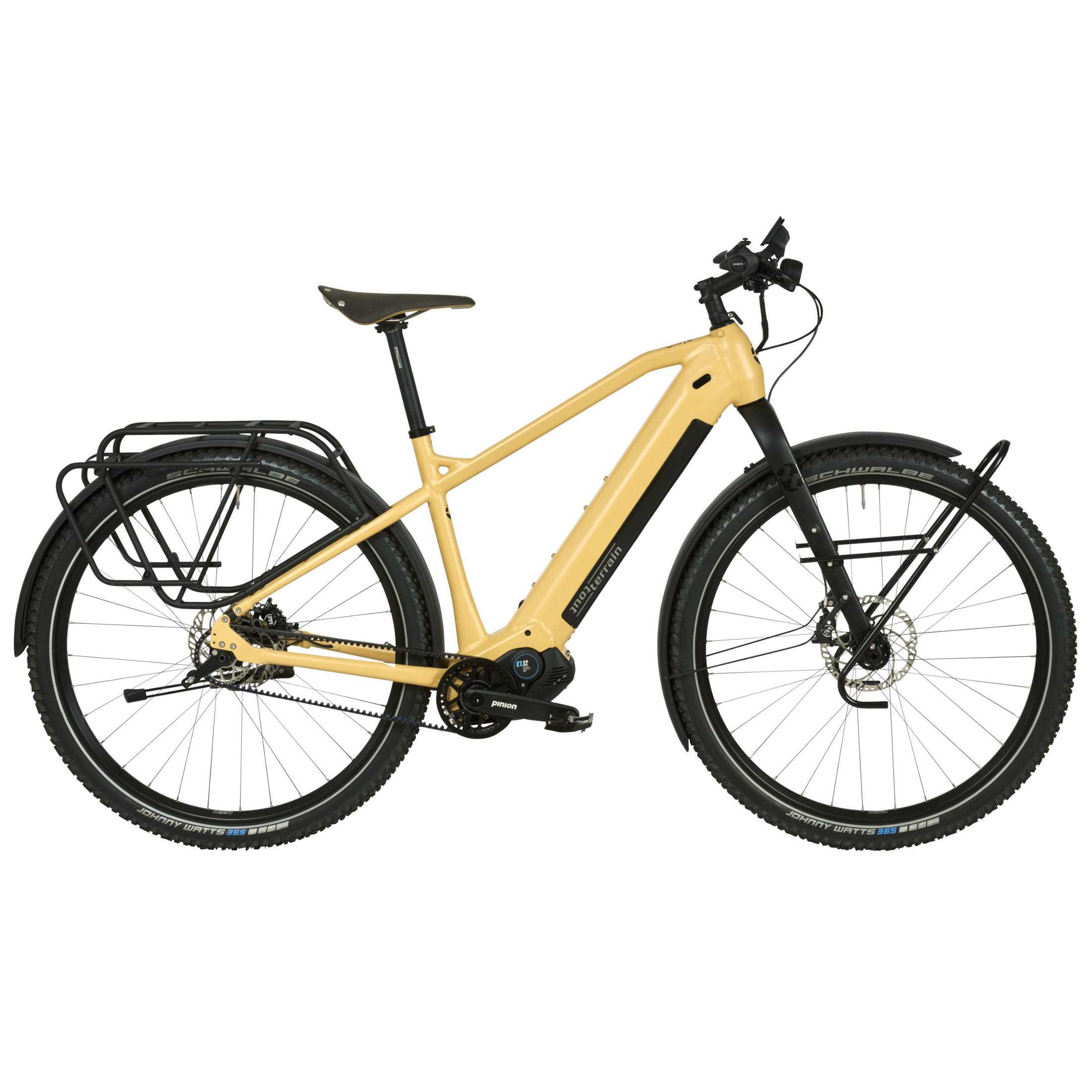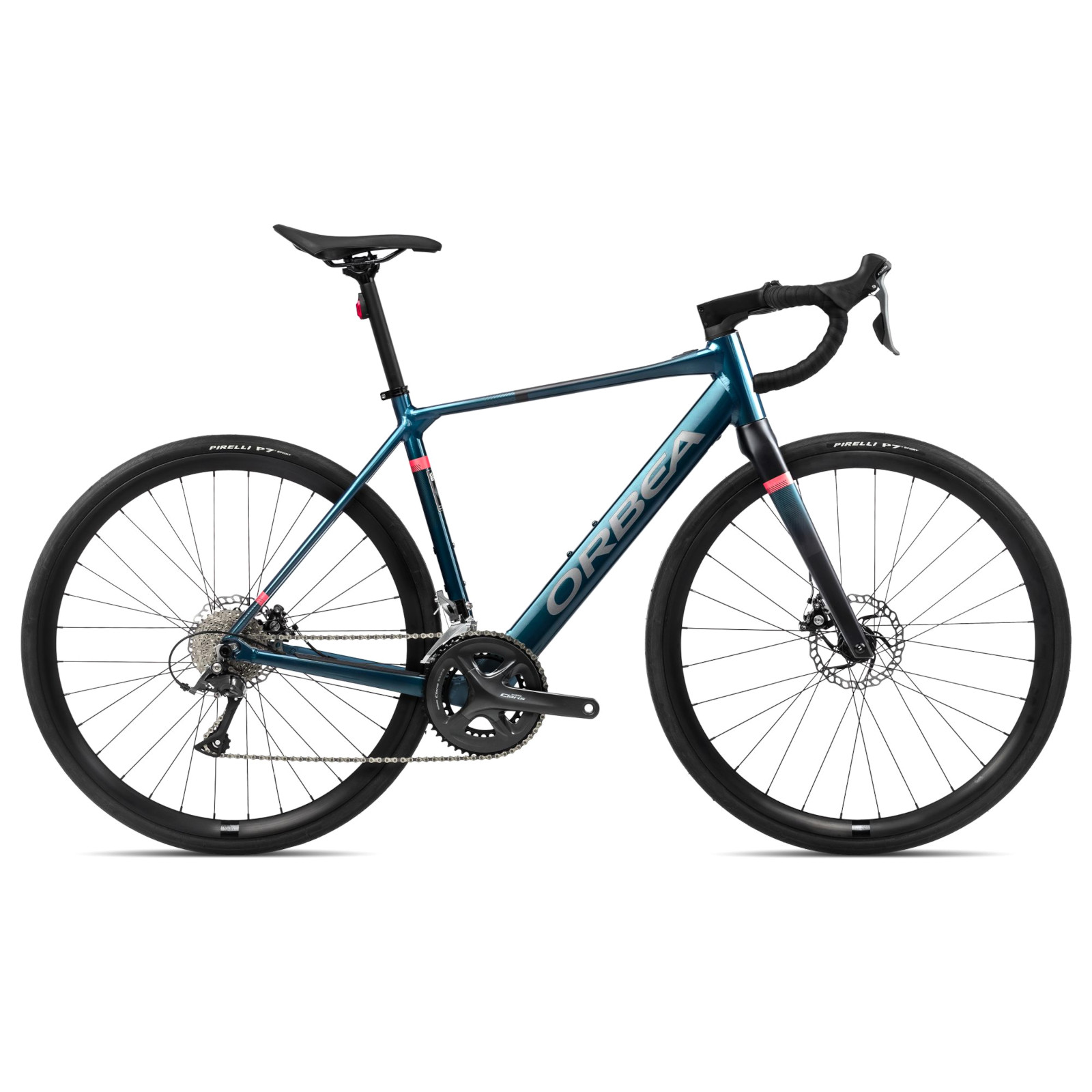Electric bikes – Enjoy cycling with the aid of a motor
The days when e-bike users were looked down upon by other cyclists are over. Nowadays, all that matters is being out and about on two wheels. After all, the image of electric bikes has changed with the development of new technologies with greater performance. On many models, the compact electric motors and batteries are barely visible at first glance. They’re no comparison to the clunky, first-generation e-bikes, which were really heavy and only had a short battery life. By contrast, the modern electric bikes of today are just as much fun on extended tours as mountain biking on single trails. Read more
Meanwhile, many cyclists appreciate the technical support on difficult hill climbs or long tours over multiple days. Older people or people with bad health condition can also get more active and stay mobile thanks to the e-bike. The growing popularity is also partly due to the fact that e-bikes now come in all conceivable variants – from comfortable city cruisers to sporty e-mountain bikes or road bikes. Therefore, everyone can buy the e-bike that suits their preferred terrain and type of route.
E-Bikes, pedelecs and electric bikes – What’s the difference?
Are you considering the buying an electric bike? When starting to shop around, you’ll soon come across different terms and perhaps ask yourself what they all mean. What’s more, everyday vernacular differs from the definitions under road traffic law.
E-Bikes
All bikes equipped with a battery-powered electric motor can be called an electric bike or e-bike. In some countries, road traffic laws make a further distinction for electric bicycles in terms of motor assistance. If the motor acts as pedal support and no more than 25 km/h can be reached with its help, the e-bike may be treated like a normal bicycle under the law. If higher speeds are possible with the motor and/or acceleration without pedalling is possible, the bikes may legally be considered to be a moped – thereby requiring an official permit and a corresponding driving licence.
Pedelecs
A pedelec is a type of e-bike, where the electric motor only provides pedal support. It can be switched to support manual pedal power at different levels as needed. But acceleration without pedalling is not possible. A pedelec motor has a maximum output of 250 watts and supports the rider up to a top speed of 25 km/h. If you want to go faster, you’ll need to do so using your own leg power. In the case of a pedelec, you’ll need neither an official permit nor insurance or a driving licence to ride it on the road.
S-Pedelec
Particularly powerful e-bikes with up to 500-watt motors and pedal support up to a speed of 45 km/h are called speed pedelecs or s-pedelecs. According to road traffic law in some countries, they are no longer considered bikes but mopeds. For this reason, you may need an official permit (number plate), insurance coverage as well as an AM-class driving licence (included in the motor driving licence B) for this kind of e-bike. In addition, you may not be allowed to ride an s-pedelec on urban cycling paths but only on public roads. In some countries it is permitted to use bicycle lanes when you are riding out of town. A helmet is also usually required.
So, that’s how the different types of electric bikes vary according to the definitions under road traffic law. In everyday language, these distinctions are rarely made. Strictly speaking, most e-bikes sold are pedelecs. To make it easier for customers to look for their ideal bike, BIKE24 has chosen a simple solution. We simply use the common term “e-bike” to refer to any bicycle with an electric motor. Whether it’s technically a 45 km/h fast e-bike (i.e. electric moped) or a 25 km/h pedelec can be determined in the data sheet for the respective model, under the heading “Supported Speed”.
Which e-bike is right for me?
Just like there are different types of bikes, different types of electric bikes exist. The most common are touring and trekking bikes with an electric motor, e-mountain bikes (shortened to E-MTBs or electric MTBs) or electric city bikes.
Your riding habits and preferences will therefore primarily determine which e-bike is best suited to you. If you like riding off-road, an e-mountain bike will be much more fun for you than a city bike. With the help of the electric motor on your E-MTB, even the steepest of inclines will be no obstacle for you in the future. If you prefer extended tours on cycle paths, a touring respectively trekking or fitness bike comes highly recommended. The motor support provided by these bikes will allow you to enjoy even multi-day biking tours without so easily reaching your limits. For everyday life, fully equipped e-city bikes and e-trekking bikes with lights, protective fenders and baggage carriers are an excellent choice.
Which type of motor should power your electric bike?
After answering the questions above, another decision needs to be made. What type of motor should you choose? Over time, various technologies and manufacturers have established themselves on the market:
-
E-Bike with a front motor: power is provided via the front-wheel hub.
-
E-Bike with a mid-mounted motor: power is produced in the area of the bottom bracket.
-
E-Bike with a rear motor: power is applied at the rear-wheel hub.
With e-mountain bikes, the mid-mounted motor has become the norm since it provides a comfortably low centre of mass, enabling a good balance for the rider.
The different types of motor are available with different power and support levels that result from the different torque of the motors. Most built-in electric motors in pedelecs – including most of the electric MTBs offered by BIKE24 come from the manufacturers:
- Bosch
- Shimano
- Specialized or Brose
Good to know: E-Bike batteries
Finally, a few words about batteries. Range is particularly important in this context. However, this is affected by multiple factors besides battery capacity, such as average speed, support level, total weight of the e-bike and the elevation profile of the route. For this reason, all details about the range of a pedelec are only approximate guides.
The question of whether or not the battery should be firmly integrated into the bike frame is another key aspect to consider when you wish to buy an e-bike. There are models where you can remove the battery for recharging and others where this is not possible. For e-bikes with an embedded battery, a power outlet near where you store the bike is therefore a requirement. This is vital to keep in mind before making a purchase.
With most models, the battery is fitted into the frame so that it’s not visible from the outside. The battery is recharged using a charger that has to be connected to a power socket via cord. The battery in some e-bike models can be removed from a bracket on the frame or luggage carrier. An external charger is then used to recharge the battery. How long it takes to charge depends on the performance of the charging device and the battery capacity. It can take between two and five hours until a pedelec battery is fully charged.
And if some day your e bikes looses range, you can easily replace the battery or charger.
Thinking about buying your e-bike online? BIKE24 can help!
If you want to buy your e-bike online, you can send your order straight after determining the right bike frame size.
Should you have any questions, you can obtain extensive advice from our experienced BIKE24 customer service staff. The e-bike will then be assembled by our mechanics and delivered to your home.
